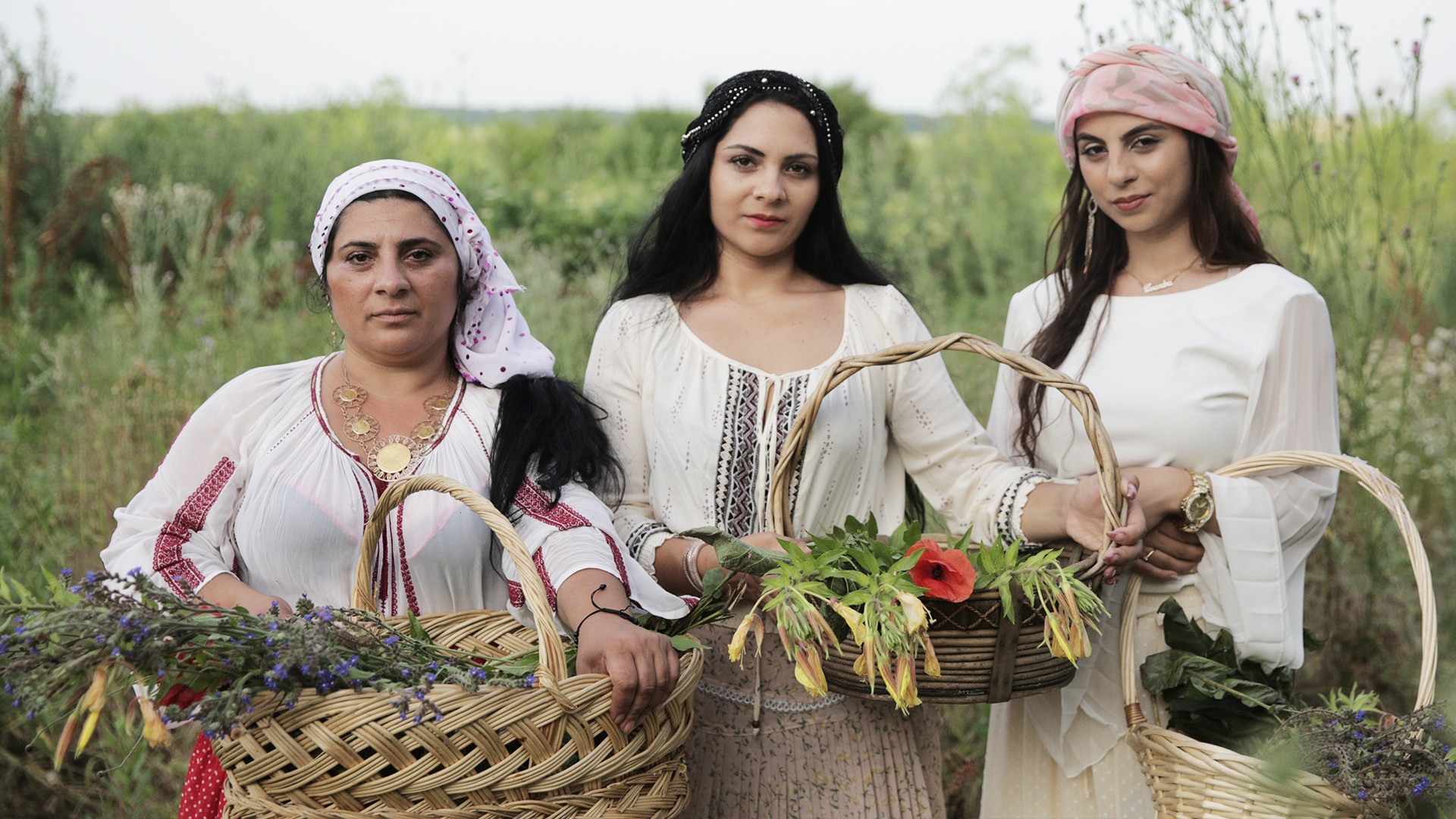For the woman who feels confined by social expectations to conform to a single image of femininity, may I introduce you to the Hindu goddess of being more: Parvati. Her soft and gentle touch represents the warmth of motherhood. Her love is overwhelming and all-encompassing. She takes new forms when her emotions overtake her, and she displays the full range of what women can do in society.The worship of Parvati (and her other popular forms Durga and Kali) originated on the Indian subcontinent before the Common Era. Though Parvati isn’t mentioned explicitly in the Vedas, the ancient texts that laid the foundations for today’s Hinduism, her alternative names do appear in these scriptures. Some interpretations classify her as a “mountain goddess,” and others consider her to be combinations of earlier appearing goddesses. In the modern tradition, she is the spouse of the destroyer Shiva, mother to their children, and the gentle aspect of the universal goddess, Devi.
Advertisement
Watch: Casting Curses and Love Spells with the Most Powerful Witches in Romania

Parvati can embody many forms, each of which is worshipped as an individual goddess in her own right. One of her forms, Durga, is the warrior and protector goddess. She rides astride a ferocious tiger, charging into battle and destroying evil. Her many arms hold weapons like a trident and a discus, as well as the lotus blossom and a conch shell. Communities of Punjabi Hindus praise Durga with jagratas, an all-night ritual in which they sing bhajans, or Hindu holy songs, for the goddess.
During the nine-day lunar celebration of Navratri, which takes place in autumn every year, devotees celebrate Durga’s triumph over the buffalo demon Mahishasura and the restoration of dharma, or cosmic law and order. She is worshipped as a mother to all, often called Durga Ma. And since oral tradition holds that Durga Ma has been known to walk the Earth as a little girl giving out blessings, children—especially little girls—are often worshipped in these communities as the representation of the goddess.Another form, Kali, is the creator and destroyer goddess. Her blood-soaked sword cuts the bonds of ignorance and ego, which are represented by the severed head she holds in one of her many hands. In the stories, she’s called forth when Durga goes into battle and she emerges from the goddess’ head. Though she looks fearsome and full of bloodlust, she is also Mother Nature herself. Kali represents the time before this world existed, when all was blackness. She is often depicted with black or blue skin, black to reflect the time from before and blue for the oceans and sky. Her unbraided mane speaks to freedom from society’s bondage.
Advertisement
Kali is revered in many parts of the subcontinent and beyond as a universal mother and, like Durga, is often referred to as Kali Ma. In Bengal, Kali worship has been around for centuries. Devotees approach her with love, as they would their own mothers. Animal sacrifice in Kali’s name still occurs in parts of Bengal and the Indian states of Assam and Odisha, though there are ancient Hindu rules on how the sacrifice must be carried out in order to free the animal from the cruel cycle of life and death.Other popular forms Parvati takes include Kamakshi, a love goddess, and Annapurna, the goddess of abundance. And there are many more faces to the goddess, all of which are worshipped and beloved in states across South and Southeast Asia. Iterations of her goddess forms have become part of Buddhism, Jainism, Sikhism, and tantric traditions. Parvati is everywhere at once—an omnipresent mother watching over her children.I learned about Parvati and the fierce way she protects her children through a series of classic comic books called Amar Chitra Katha, which taught children Indian stories and Hindu mythology. My family’s own practice tends to lean more towards devotion to Krishna and other masculine deities, but I have also felt a deep attachment to the goddesses, of which Hinduism has many, specifically Durga. I envied her power and force. When I was a baby, my grandmother gave me a small coin pendant with an etching of Durga on it, her legs over the back of a tiger and her many arms raised. When I found it years later, it made so much sense to me that I would choose Durga above the other gods in the pantheon—I had been touched by her presence early in my life, and her energy had blossomed in me.
There are many who engage in altar worship. Their altars, also called mandaps or mandirs, take over a corner in their homes or, depending on the practice, a whole room. My grandmother in New Delhi has a side room dedicated to her daily poojas, or worship. Incense, flower offerings, and porcelain figures of the deities take up a whole wall in her room. Many of the items needed for devotion can be purchased in local Indian grocery stores. A metal plate to do aarti, hosting a small clay or metal diya lamp, figurines of the worshipper’s gods, garlands of flowers (real or plastic), and incense can often all be purchased in the same shops that sell Bollywood DVDs and samosas. It is better to patronize these stores rather than, say, Etsy shops not based in South Asian or owned by non-worshippers.Some readings of Hinduism offer all devotees the ability to worship within themselves as well as their homes. I don’t personally maintain a mandap, though I do collect figurines and statues of the deities I call on for guidance. However you choose to pay homage to the mother goddess, do so with an open heart and an eye towards wellness.
